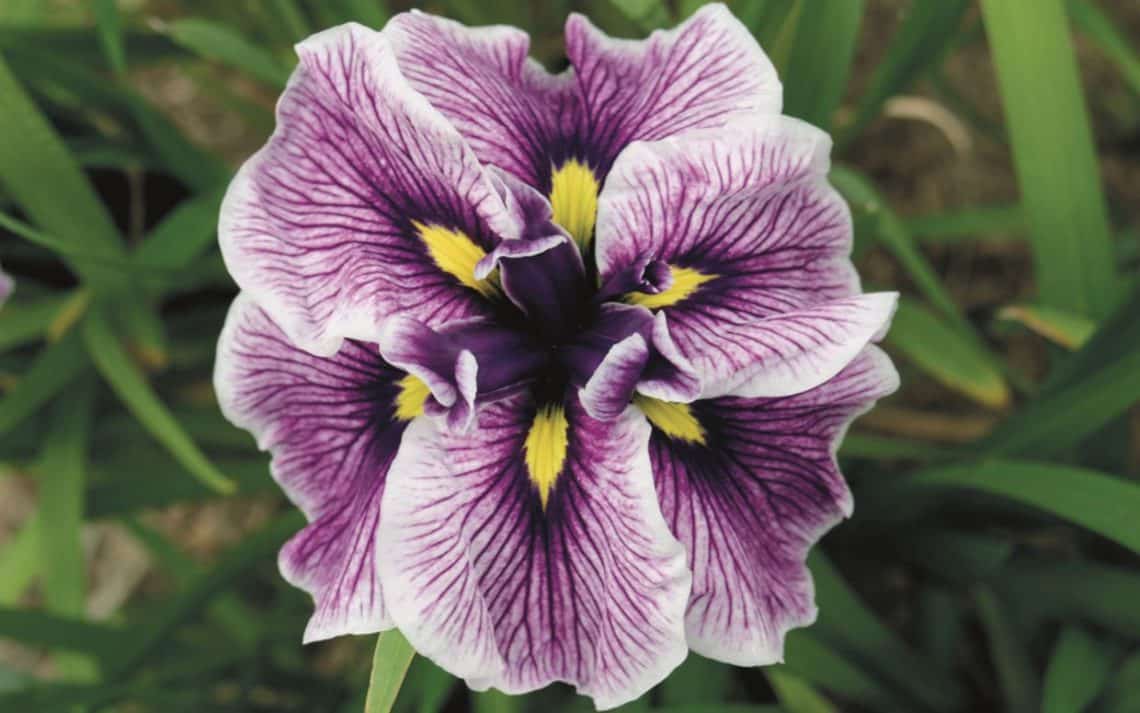Looking for a flowering plant that is easy to grow, versatile and stop-you-in-your-tracks gorgeous? May I introduce you to beardless iris? If you haven’t heard much about these blooming beauties, you are bound to soon.
Hybridizer Kevin C. Vaughn, who was introduced to beardless iris at age 9 and by 18 had hybridized his first of many, is author of the new book, Beardless Irises: A Plant for Every Garden Situation. Vaughn worked for the USDA in plant genetics for 30 years. His extensive iris hybridizing work includes a wide variety of iris favorites, including “Red Velvet Elvis,” which won the prestigious DeBaillon Medal. He retired in September 2010 in order to devote his time to plant breeding projects.
While bearded irises, which feature a ruffled “beard,” have lit up gardens for many years, their beardless cousins weren’t as well known, says Vaughn. “Beardless irises have gone through a revolution that occurred just in my lifetime,” he says. “Sixty years ago they were much more limited in colors and forms. Hybridizers have literally transformed them into a whole new plant, while keeping the good plant characteristics of their ancestors. When people see these improved flowers, they go crazy!”
When asked which beardless irises are his favorites, Vaughn is hard-pressed to answer.
“I like so many of them; my yard is filled with the flower, and they each have their niche,” says Vaughn, who notes that there are five categories of beardless irises: Siberian, Japanese, Pacific Coast native, spuria and Louisiana.
“My first love is the Siberian irises, because they performed so well in my childhood garden in Massachusetts. When I lived in Mississippi, the Louisiana iris reigned supreme, and now that I’m in Oregon, I’m really enjoying the spuria and Pacific Coast native irises. Each has their place in the garden and they fulfill different landscape requirements.”
The versatility and variability of the beardless iris is extensive. You’ll find these irises in a wide variety of single and mixed colors, including yellow, purple, pink, white, blue, brown and gold. The plants range in size, as well, from four-inch-tall dwarfs sporting tiny flowers to 5-foot-tall giants with dinner plate-size blooms. Even better, there is a beardless iris for just about any garden situation—from dry shade to standing water to dappled light and full sun.
Growing beardless iris is simple, says Vaughn. “Adequate water and sun for the iris varieties that require it are about all you need to make them grow.”
You might even be able to hybridize your own. Chapter 8 in Vaughn’s book discusses hybridizing beardless irises.

